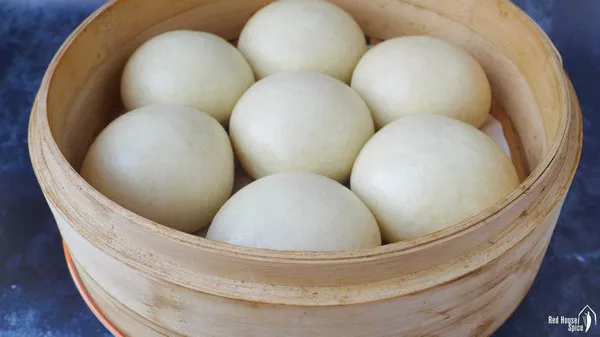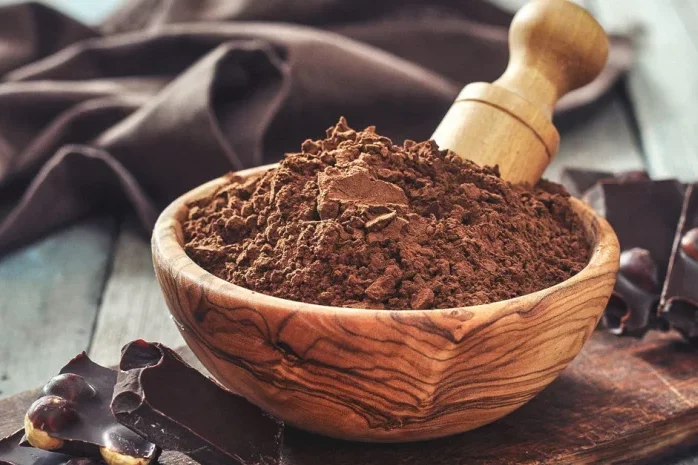Steaming Time:
Mantou, a staple in Chinese cuisine, is more than just a simple steamed bun; it’s a culinary delight that demands precision and finesse. One of the critical elements in crafting the perfect mantou lies in mastering the steaming time. Whether you’re making plain mantou or experimenting with stuffed variations, understanding the optimal steaming time is essential.
The recommended steaming time for mantou can vary slightly depending on factors such as size, thickness, and filling. As a general guideline, plain mantou typically require approximately 10 to 15 minutes of steaming, while stuffed mantou may need an additional 5 to 10 minutes to ensure thorough cooking. However, it’s essential to remember that these are just estimates, and factors such as altitude, humidity, and the specific recipe may influence the steaming time.
To determine if your mantou are properly steamed, rely on a combination of visual and textural cues. A perfectly steamed mantou will have a slightly puffed appearance with a smooth and slightly glossy surface. When gently pressed, it should spring back slowly, indicating a light and airy texture. Avoid oversteaming, as this can result in a dry and dense bun, while understeaming may leave the interior doughy and raw.
Steaming Methods:
When it comes to steaming mantou, there are several methods to choose from, each with its unique set of advantages and considerations.
1. Bamboo Steamer:
The bamboo steamer is a classic choice for steaming mantou, valued for its traditional charm and ability to impart a subtle, earthy flavor to the buns. To use a bamboo steamer, simply place it over a pot of boiling water, ensuring that the water does not touch the bottom of the steamer. Arrange the mantou in a single layer, leaving space between each bun to allow for proper circulation of steam.
Pros:
- Traditional method with cultural significance.
- Porous bamboo construction allows for gentle and even steaming.
- Adds a subtle flavor to the mantou.
Cons:
- Requires additional equipment (bamboo steamer and pot).
- Bamboo steamer may warp or crack over time, requiring replacement.
- Requires vigilance to prevent burning, as bamboo may be prone to scorching.
2. Metal Steamer:
Metal steamers offer durability and convenience, making them a popular choice for home cooks and professional kitchens alike. These steamers typically come with multiple tiers, allowing for the simultaneous steaming of multiple batches of mantou.
Pros:
- Durable and long-lasting.
- Multiple tiers enable efficient steaming of large quantities.
- Widely available and easy to clean.
Cons:
- Heat distribution may not be as even as bamboo, potentially leading to unevenly cooked mantou.
- Lack of ventilation can result in condensation dripping onto the buns, causing soggy bottoms.
- May lack the traditional charm associated with bamboo steamers.
3. Pressure Cooker:
For those seeking a faster cooking time without compromising on flavor and texture, a pressure cooker can be an excellent alternative for steaming mantou. The high pressure helps to lock in moisture, resulting in softer and more tender buns.
Pros:
- Faster cooking time compared to traditional steaming methods.
- Pressure helps to retain moisture, resulting in softer mantou.
- Suitable for cooking large batches of mantou in a short amount of time.
Cons:
- Requires specialized equipment (pressure cooker).
- May have a steeper learning curve for novice cooks.
- Oversteaming can lead to mushy mantou, so careful monitoring is necessary.
Tips for Perfect Mantou:
Achieving perfection in mantou-making requires attention to detail and adherence to proper techniques. Here are some tips to help you craft the perfect batch of mantou every time:
1. Proper Proofing:
Allow the dough to proof until it has doubled in size, typically around 1 to 2 hours depending on ambient temperature. Proper proofing is crucial for developing the desired texture and flavor of the mantou. Be patient and allow the dough ample time to rise before steaming.
2. Water Temperature:
When setting up the steamer, use cold water initially to prevent the dough from overproofing while waiting for the water to come to a boil. Once the water is boiling, maintain a steady steam by adjusting the heat as needed. Avoid opening the steamer unnecessarily, as this can cause fluctuations in temperature and affect the steaming process.
3. Preventing Sticking:
To prevent the mantou from sticking to the steamer, line the steamer baskets with parchment paper or lightly oil the surface. Alternatively, place the mantou on individual squares of parchment paper before steaming to ensure easy removal after cooking. Avoid overcrowding the steamer, as this can lead to uneven cooking and sticking.
Additional Information:
1. Troubleshooting:
Even with careful attention to detail, occasional mishaps may occur during the mantou-making process. Here are some common problems encountered while steaming mantou and how to address them:
- Undercooked Mantou: If your mantou are undercooked, increase the steaming time in increments of 2-3 minutes until fully cooked. Check for doneness by inserting a toothpick into the center of a bun; it should come out clean with no doughy residue.
- Overcooked Mantou: Conversely, if your mantou are overcooked and have a dry or tough texture, reduce the steaming time and check for doneness more frequently. Adjust the heat as needed to maintain a gentle steam throughout the cooking process.
2. Variations:
While plain mantou are a timeless classic, don’t be afraid to get creative and experiment with different flavors and fillings. Here are some popular variations of mantou and their specific steaming times:
- Green Tea Mantou: Infused with matcha powder for a vibrant green hue and subtle earthy flavor. Steaming time may vary depending on the amount of matcha powder used but typically ranges from 10 to 15 minutes.
- Pumpkin Mantou: Made with pureed pumpkin for a naturally sweet and vibrant orange color. Steaming time may be slightly longer due to the moisture content of the pumpkin, ranging from 15 to 20 minutes.
- Red Bean Mantou: Filled with sweet red bean paste for a delightful burst of flavor with every bite. Steaming time may be extended by an additional 5 to 10 minutes to ensure thorough cooking of the filling.
3. Serving Suggestions:
Once you’ve mastered the art of steaming mantou, it’s time to enjoy the fruits of your labor. Here are some serving suggestions to elevate your mantou experience:
- Condensed Milk Dip: Serve mantou with a side of condensed milk for dipping, adding a touch of sweetness to each bite. Alternatively, experiment with other dipping sauces such as sweet chili sauce, hoisin sauce, or peanut sauce for a savory twist.
- Braised Pork Belly: Pair mantou with succulent braised pork belly for a classic combination that never fails to impress. The soft and pillowy texture of the mantou contrasts beautifully with the rich and savory pork belly, creating a harmonious balance of flavors and textures.
- Dim Sum Delights: Incorporate mantou into your dim sum spread alongside other classic favorites such as har gow (shrimp dumplings) and siu mai (pork dumplings). The versatility of mantou makes it a welcome addition to any dim sum feast, whether served steamed or fried.
Conclusion
In conclusion, mastering the art of steaming mantou is a journey that requires patience, practice, and a keen eye for detail. By understanding the optimal steaming times, experimenting with different methods, and implementing helpful tips, you can elevate your mantou-making skills to new heights. Whether enjoyed as a standalone snack or as part of a larger meal, freshly steamed mantou are sure to delight your taste buds and impress your guests. So don your apron, fire up the steamer, and embark on a culinary adventure that celebrates the rich tradition and exquisite flavors of Chinese cuisine.


























